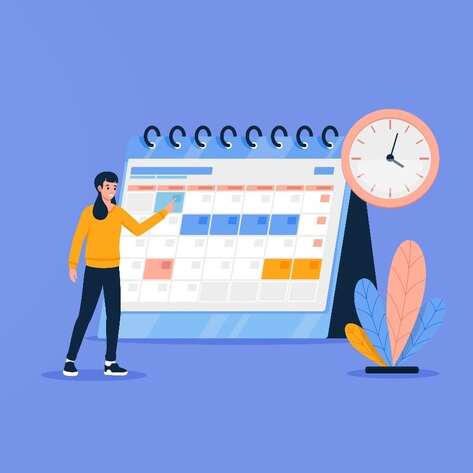Attention is the ability to obtain and sustain appropriate attention to a task. Effective attention is what allows us to screen out irrelevant stimulation in order to focus on the information that is important in the moment.
What can be done to improve attention:
- Repeat instructions: When you have given an instruction to a child, encourage them to repeat it back to you to ensure that the child has grasped/understood what is expected.
- Sensory Integration therapy: To addresses attention difficulties that are sensory in nature.
- Obstacle courses of physical tasks such as the below:
- Wheelbarrow walking
- Animal walks
- Trampolining
- Cycling and scooting
- Swings (forward and back, side to side, rotary)
- Rough and tumble play / squishing or sandwiching with pillows or balls
- Wearing a heavy backpack
- Weighted items (wheat bag on lap while sitting or heavy blanket for sleep)
- Chewy toys
- Eye contact: Get close to the child to ensure they are able to hear you and see your face; get down to their level.
- Simple language: Use clear, specific language when making requests and, if necessary, show them what you want them to do.
- Reduce background noise and distractions: To help a child maintain attention long enough to grasp the information required to complete a task.
- Develop Receptive Language: Improve your child’s receptive language (i.e. understanding of language) so that they are better able to understand expectations and information and are therefore better able to respond to information.
- Alert (Engine) program to promote self-regulation through sensory and cognitive strategies to help improve attention and concentration.
- Discrete skills: Activities that have a defined start and end point such as puzzles, construction tasks, mazes, and dot to dots.
- Narrowly focused tasks: Activities that are very specific and require very focused attention such has sorting, organising and categorising activities.
- Visual schedules enable a child to see and understand what is going to happen next. Schedules also help people to organise themselves, to plan ahead and thus to attention more effectively as they know the end is coming.
- Timers (ideally visual) help with transitions as they tell the child for how long and when they are going to have to do an activity. Timers allow us to pre-warn the child that a task or demand is coming.
|
February 22, 2021 |
Categories:
|


